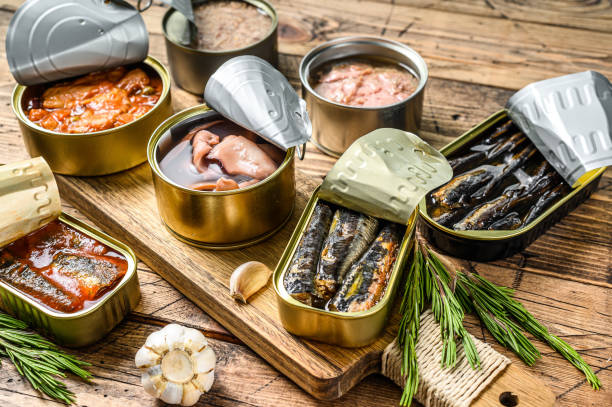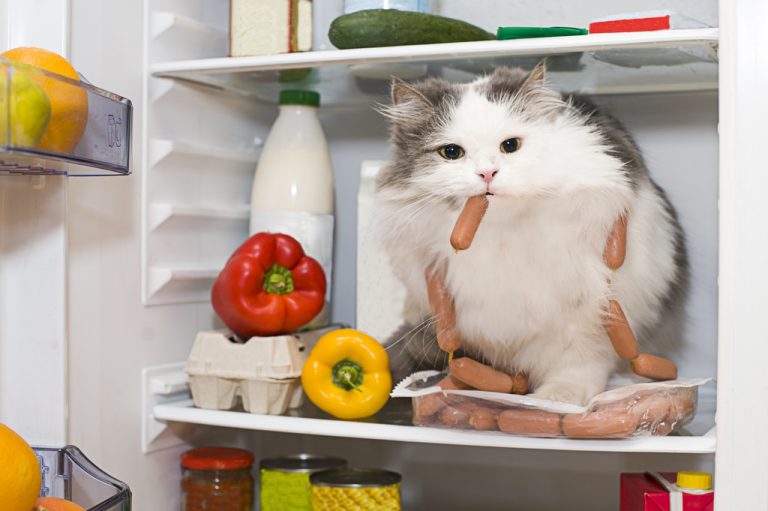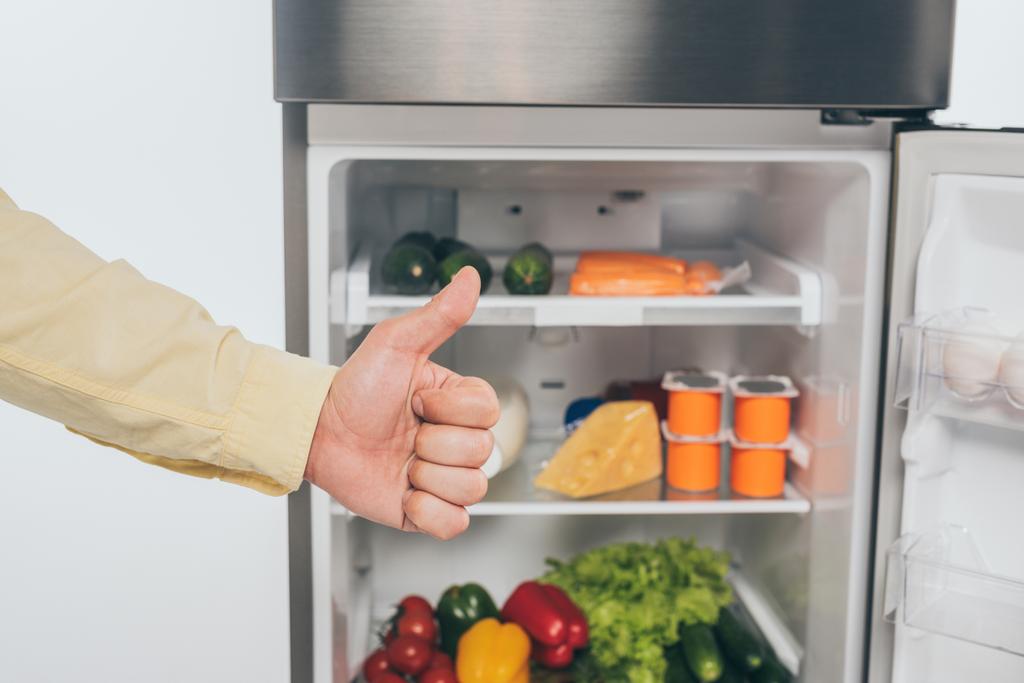Canned peas, carrots, and corn are popular pantry preserves. Once opened and not completely used up, the canned vegetables often end up in the refrigerator. However, cans that have just been opened should not be stored there.

Food cans: Opened do not put them in the refrigerator
If opened canned goods are stored in the refrigerator, the tin present in the can accumulates in the food inside. This happens especially with acidic content such as tomatoes and fruit.
However, canned mushrooms are also affected by the process in which the food reacts with the tin of the metal can after opening due to the oxygen. This reaction can change the taste of the food. Large amounts of tin in the body can also put an unnecessary strain on the kidneys and lead to stomach irritation.
Decant canned goods

To avoid a reaction with tin, canned food should always be transferred to porcelain or plastic container with a lid and then placed in the refrigerator. This keeps fruit and vegetables fresh for another two to three days. Unopened and in the undamaged original condition, the contents of the can have a shelf life of around one year if the canned food has been stored in the dark and below 20 degrees Celsius.



